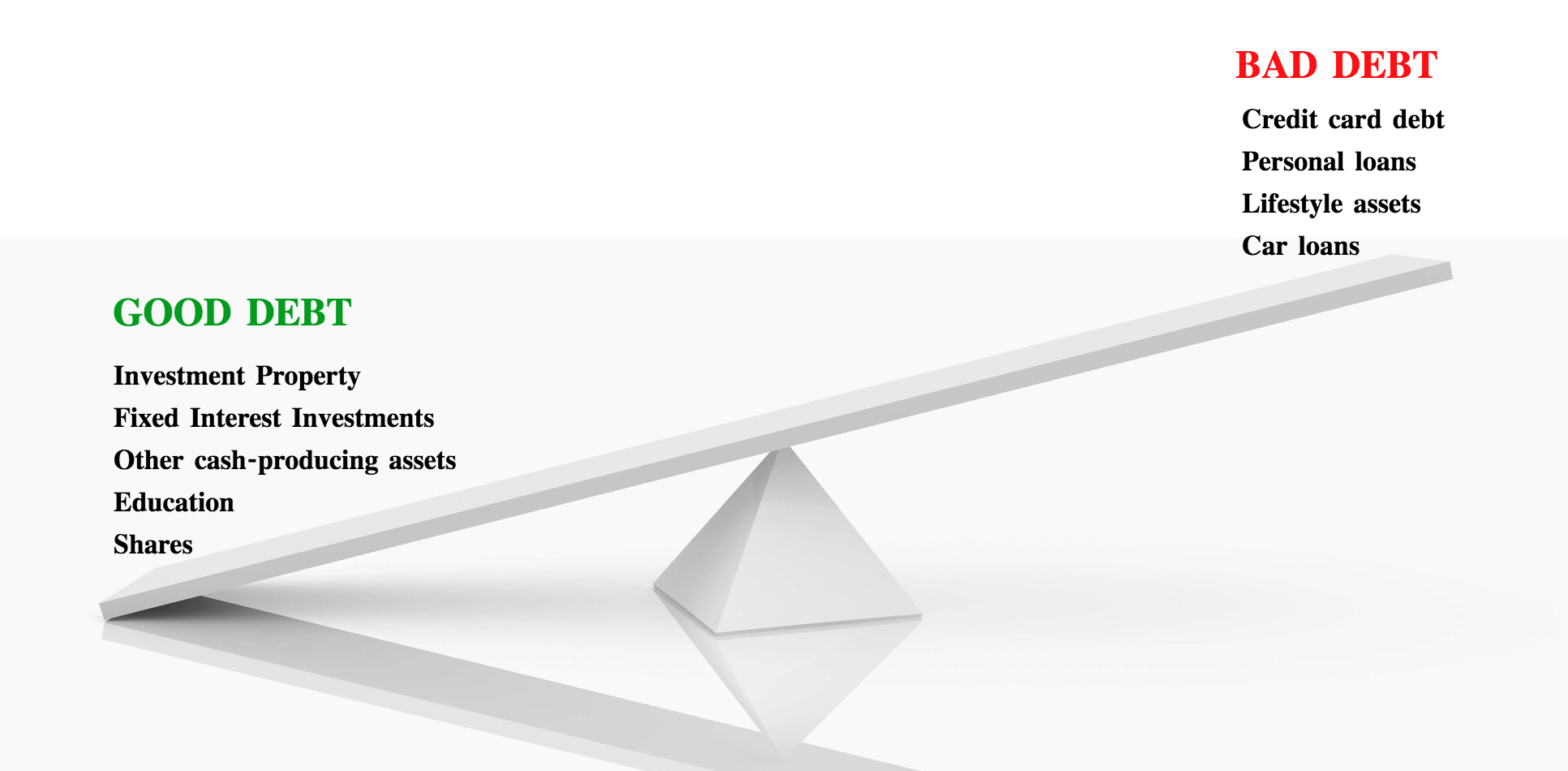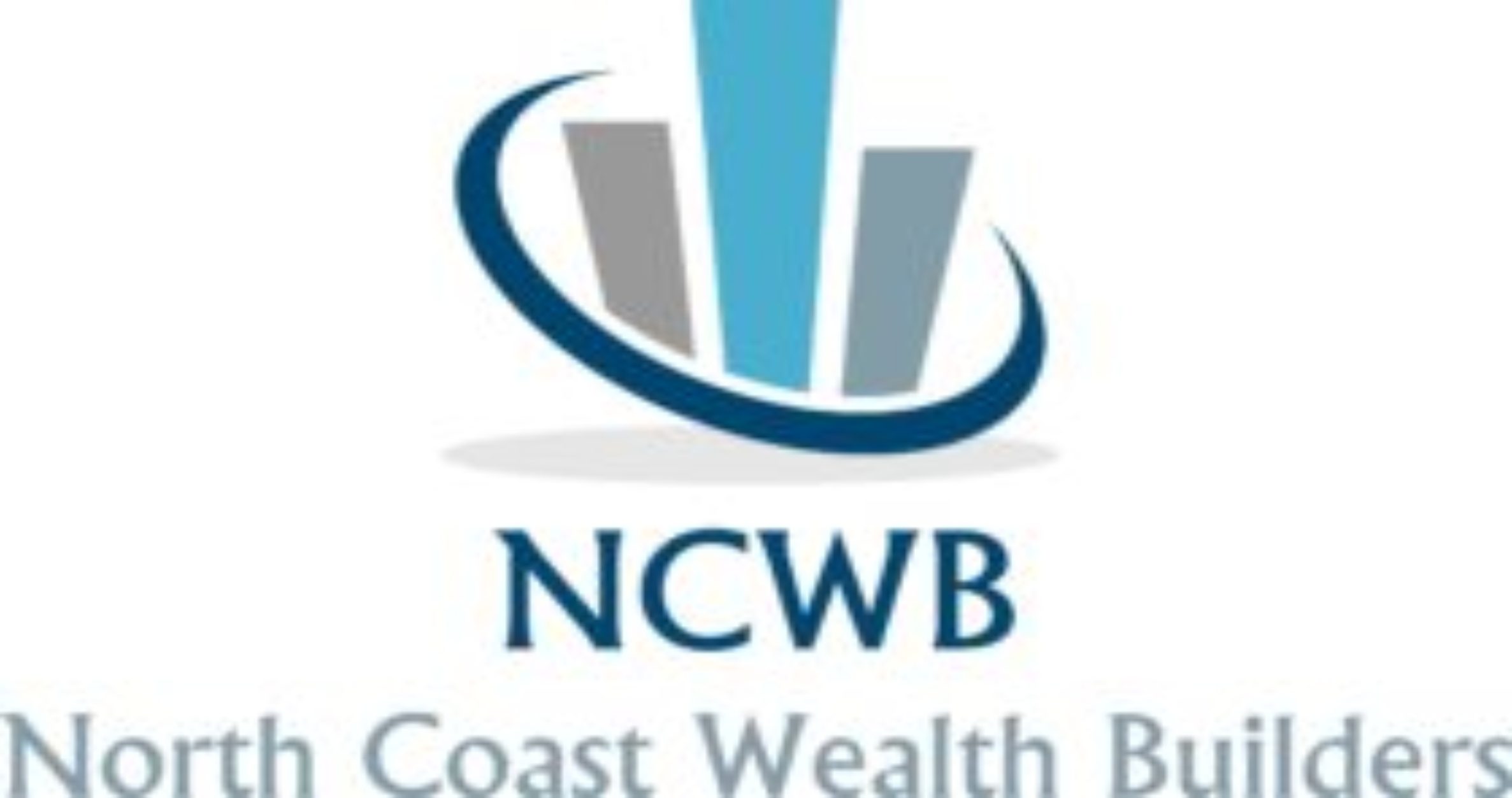Debt can be a marvellous wealth building tool….or a ball and chain around your ankle that drags you under and keeps you there. But which is which? How can you use debt to your advantage, and how do you avoid being seduced by the dark side of debt?

Well, fortunately its pretty simple. The dark side of debt wants you to use its power to treat yourself to your hearts desires… fancy cars, expensive clothes, another round of drinks, and the palace you’ve always dreamed about. “Assets” that decline (or disappear) in value as soon as you’ve bought them, or have no tax advantages. The overlords of debts dark-side (Emperor Visa, Emperor Master Card, and Emperor Amex) grant you extraordinary powers that allow you to have what you want without paying for it…. for 55 days. They suck you in with the promise of power and riches, but then when you’ve been weakened and exploited by their facade of generosity they call in their debts and demand their money back, with a 20% premium to boot.
The Light Side of debt urges you to resist the temptation of the Dark Side, and to only use its power to accumulate assets that appreciate in value – investment properties, shares, bonds or assets that provide positive cash-flow. As an incentive to use the power of debt wisely, the Jedi Masters of the Light Side tax office allow you to reduce your taxable income by the amount of your good debt interest repayments – they know that the increase in your wealth will repay your taxes with interest over the longer term. Over time, the combination of the increase in value of your assets, and the reduction in taxation allows you to accumulate great wealth and power which you may use to treat yourself to your hearts desires… guilt and debt free.
I’m quickly running out of Star Wars rhetoric here, but the point is this… Bad debt is debt used to accumulate “Lifestyle Assets” – those that either depreciate in value, or don’t provide you any tax effectiveness (such as your own home). Good debt is used to acquire “Investment Assets”. This debt is tax deductible. The combination of appreciating assets and tax deductibility has the power to increase your wealth in amazing ways.

Lets look at a couple of scenarios. Both scenarios follow the path of young Anakin Skywalker. He has $30,000 in savings, and a gross income of $70,000 per year. His living expenses are $40,000, and after tax, he can save $14,303 per year.
Scenario 1: Anikan is seduced by the Dark Side of Debt.
Anikan desperately wants a new $40,000 car, so he spends $20,000 of his savings, (cause he’s worked hard for it, and earned it), and takes out a car loan for the $20,000 balance at an interest rate of 7.5% for a 5 year term. He reasons that he has enough savings power left over, so he’ll use that to save for a house deposit.
| Cashflow | ||||||
| Year 1 | Year 2 | Year 3 | Year 4 | Year 5 | Total | |
| Gross Income | $70,000 | $70,000 | $70,000 | $70,000 | $70,000 | $350,000 |
| Allowable tax deductions | $0 | $0 | $0 | $0 | $0 | $0 |
| Taxable Income | $70,000 | $70,000 | $70,000 | $70,000 | $70,000 | $350,000 |
| Tax (inc medicare) | -$15,697 | -$15,697 | -$15,697 | -$15,697 | -$15,697 | -$78,485 |
| Normal Living Costs | -$40,000 | -$40,000 | -$40,000 | -$40,000 | -$40,000 | -$200,000 |
| Car Repayment | -$4,809 | -$4,809 | -$4,809 | -$4,809 | -$4,809 | -$24,046 |
| Free Cashflow (Savings) | $9,494 | $9,494 | $9,494 | $9,494 | $9,494 | $47,469 |
At the end of his 5 year loan period, the value of Anikans new car looks something like this.
| Asset Value | |||
| Year | Start Asset (Car) value | Appreciation / Depreciation | End Value |
| Year 1 | $40,000 | -12.5% | $35,000 |
| Year 2 | $35,000 | -10.0% | $31,500 |
| Year 3 | $31,500 | -10.0% | $28,350 |
| Year 4 | $28,350 | -7.50% | $26,224 |
| Year 5 | $26,224 | -5.00% | $24,913 |
Scenario 2: Anikan harnesses the power of debt for good.
Anikan foregoes his desire for a new car, because his existing one is just fine for now. He reasons that he’ll feel better about buying a new car with profits from investing than he will funding it from debt. Anikan uses his savings as a deposit for a small 2 b/r unit that costs him $200,000 ($180,000 of which is debt, borrowed at a 5% interest rate with interest only repayments, on a 30 year loan term). Anikan has chosen a property that pays him $200.00 p/w in rent so that his tenant can help him service the interest. Here is what Anikan’s cash-flow looks like.
| Cashflow | ||||||
| Year 1 | Year 2 | Year 3 | Year 4 | Year 5 | Total | |
| Gross Income | $70,000 | $70,000 | $70,000 | $70,000 | $70,000 | $350,000 |
| ^Tenant rent @ $200 p/w | $10,400 | $10,400 | $10,400 | $10,400 | $10,400 | $52,000 |
| *Allowable tax deductions | -$14,834 | -$14,834 | -$14,834 | -$14,834 | -$14,834 | -$74,170 |
| Taxable Income | $65,566 | $65,566 | $65,566 | $65,566 | $65,566 | $327,830 |
| Tax (inc medicare) | -$14,167 | -$14,167 | -$14,167 | -$14,167 | -$14,167 | -$70,835 |
| Normal Living Costs | -$40,000 | -$40,000 | -$40,000 | -$40,000 | -$40,000 | -$200,000 |
| Savings | $11,399 | $11,399 | $11,399 | $11,399 | $11,399 | $56,995 |
* $9,000 in interest + $5,000 in rates, water, & strata & maintenance + $834 in Real Estate management fees.
^ In reality, Anikan should be able to increase his rent by $5-$10 per year, which causes more free cash-flow to drop to his saving line.
And here is what the growth in his new asset looks like.
| Asset Value | ||||
| Year | Start Asset (Unit) value | Appreciation / Depreciation | End Value | Equity |
| Year 1 | $200,000 | +5.00% | $210,000 | 30,000 |
| Year 2 | $210,000 | +5.00% | $220,500 | 40,500 |
| Year 3 | $220,500 | +5.00% | $231,525 | 51,525 |
| Year 4 | $231,525 | +5.00% | $243,101 | 63,101 |
| Year 5 | $243,101 | +5.00% | $255,256 | 75,256 |
So at the end of our 5 year period, our good debt vs bad debt battle looks like this…
| Bad Debt | Good Debt | Diff | |
| Asset | Car | Unit | |
| Finish Value (equity) | $24,913 | $75,256 | $50,343 |
| Change in Asset Value | -$15,087 | $55,256 | $70,343 |
| Tax Paid | $78,485 | $70,835 | -$7,650 |
| Savings | $47,469 | $56,995 | $9,526 |
Using the power of debt for good has helped Anikan grow his assets by over $50k, reduced his tax bill by $7.5k, and saved an extra $9.5k, when compared with the result of being seduced by the dark side of debt. Due to the effect of compounding this gap will only get bigger as the years roll on. In contrast, By choosing bad debt, Anikan would have paid $46,224 for his car, which now has a value of $24,917, his savings capacity would have been reduced, and he would have continued making his generous donations to the tax man.
We all know what happened to poor young Anikan once he was seduced (and duped) by the dark side, so please, please pay off your high interest & non-tax deductible debt. Get rid of it now, it is only weighing you down.
Be sure to check in weekly for ideas on what to do with your newly enhanced cash-flow once the debt is gone.
Happy Investing.
Debt & the use of leverage in investing can be very dangerous if not used prudently. Be sure to consult a financial planner (Jedi Master) to assess how it can be used for good – whilst fitting within your willingness & ability to accept risk.

